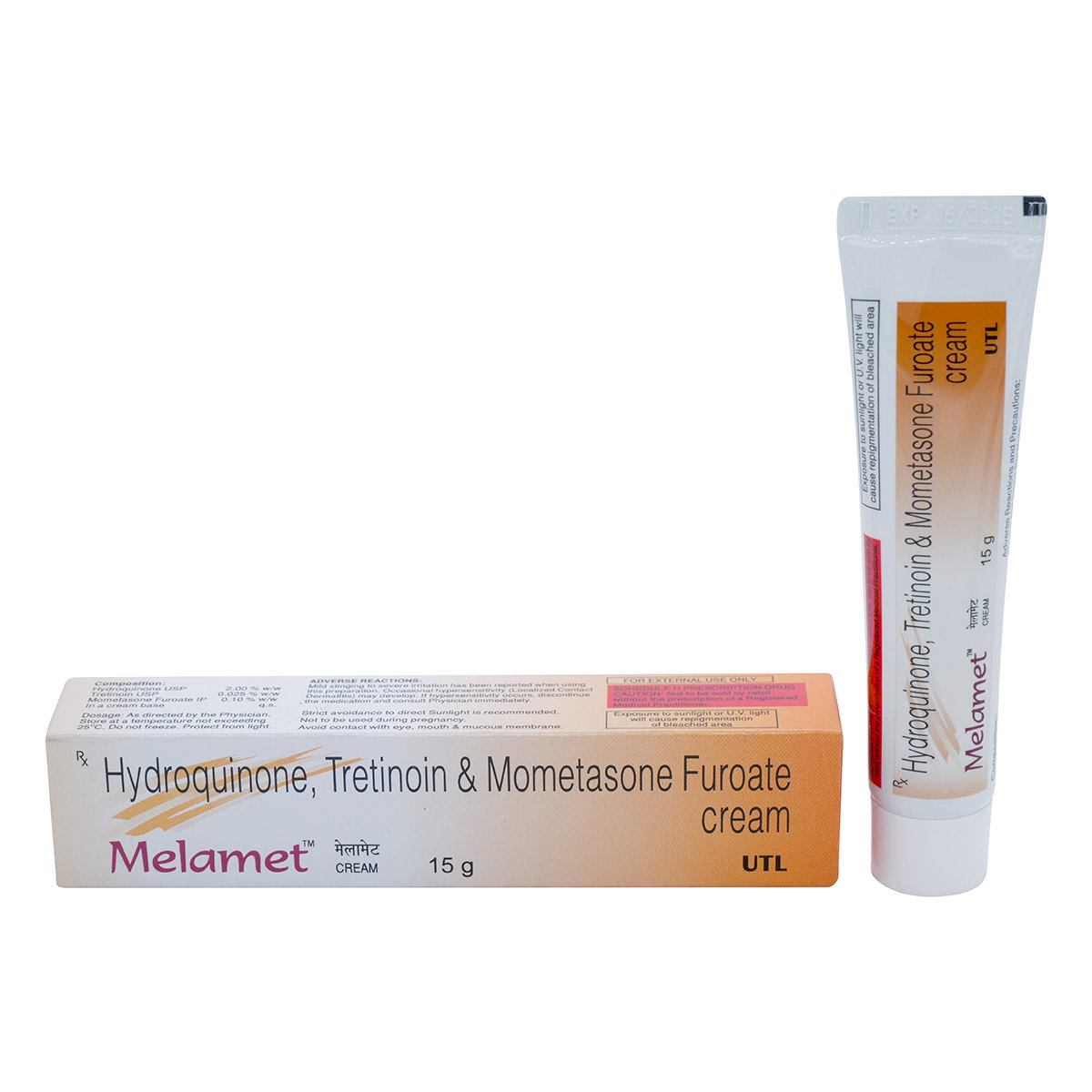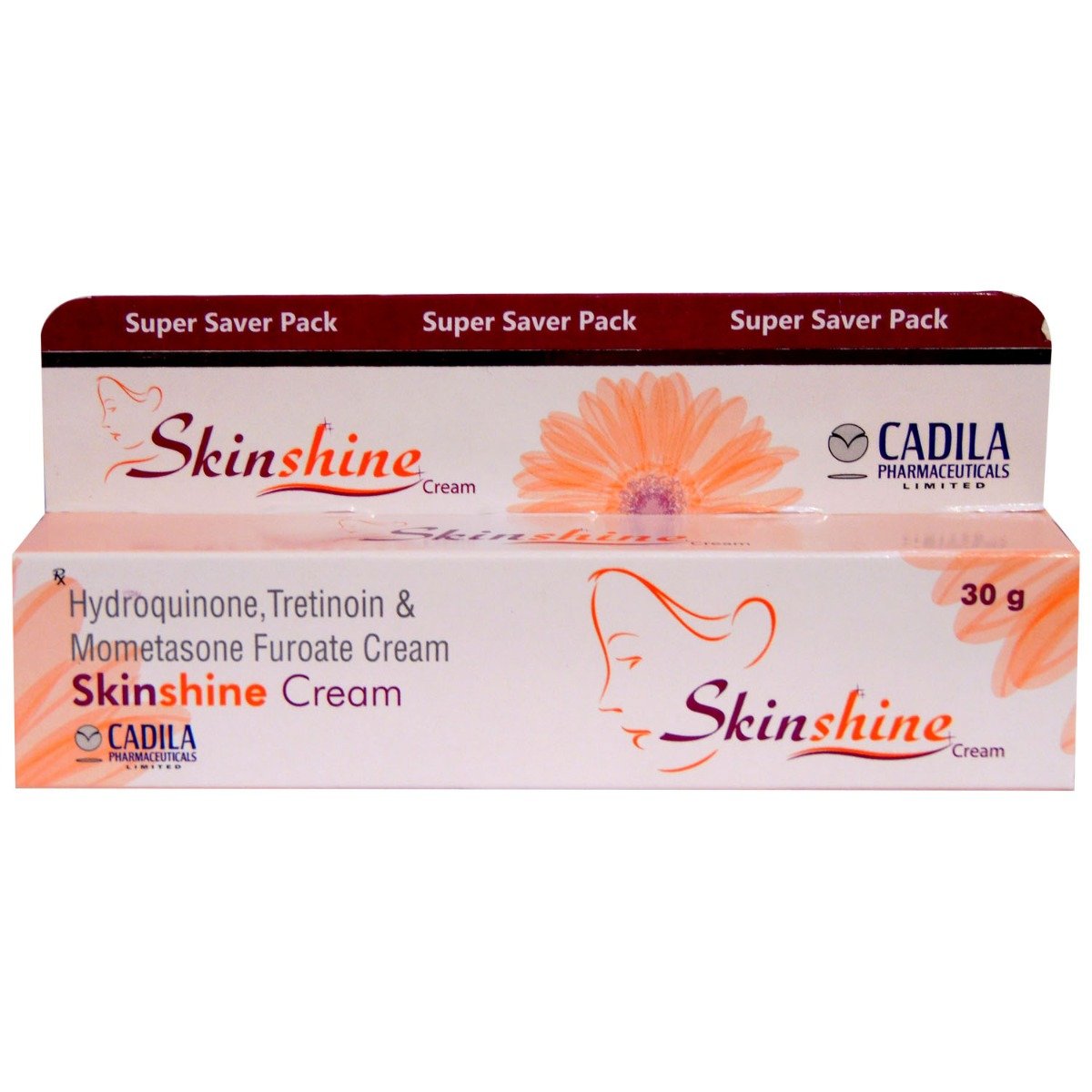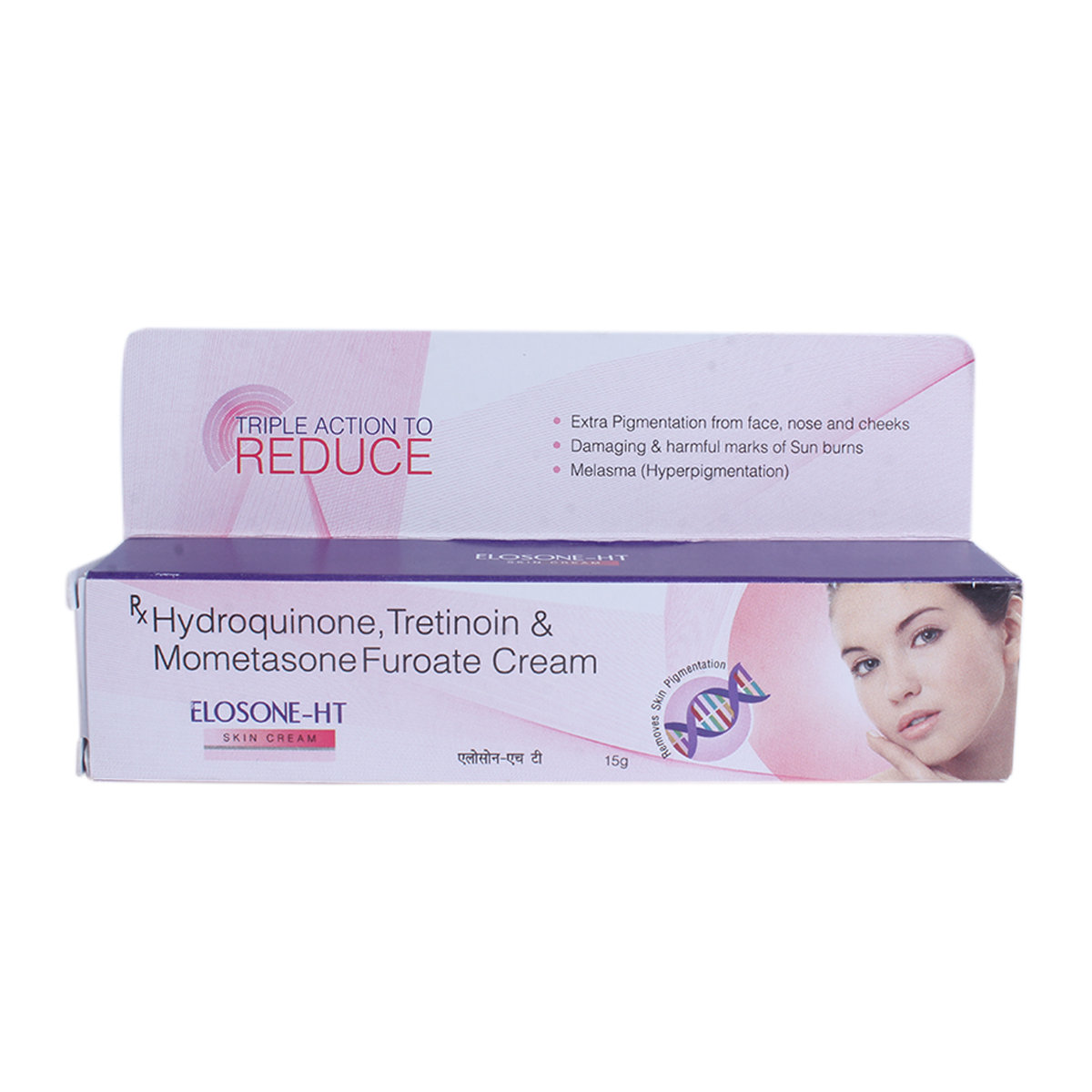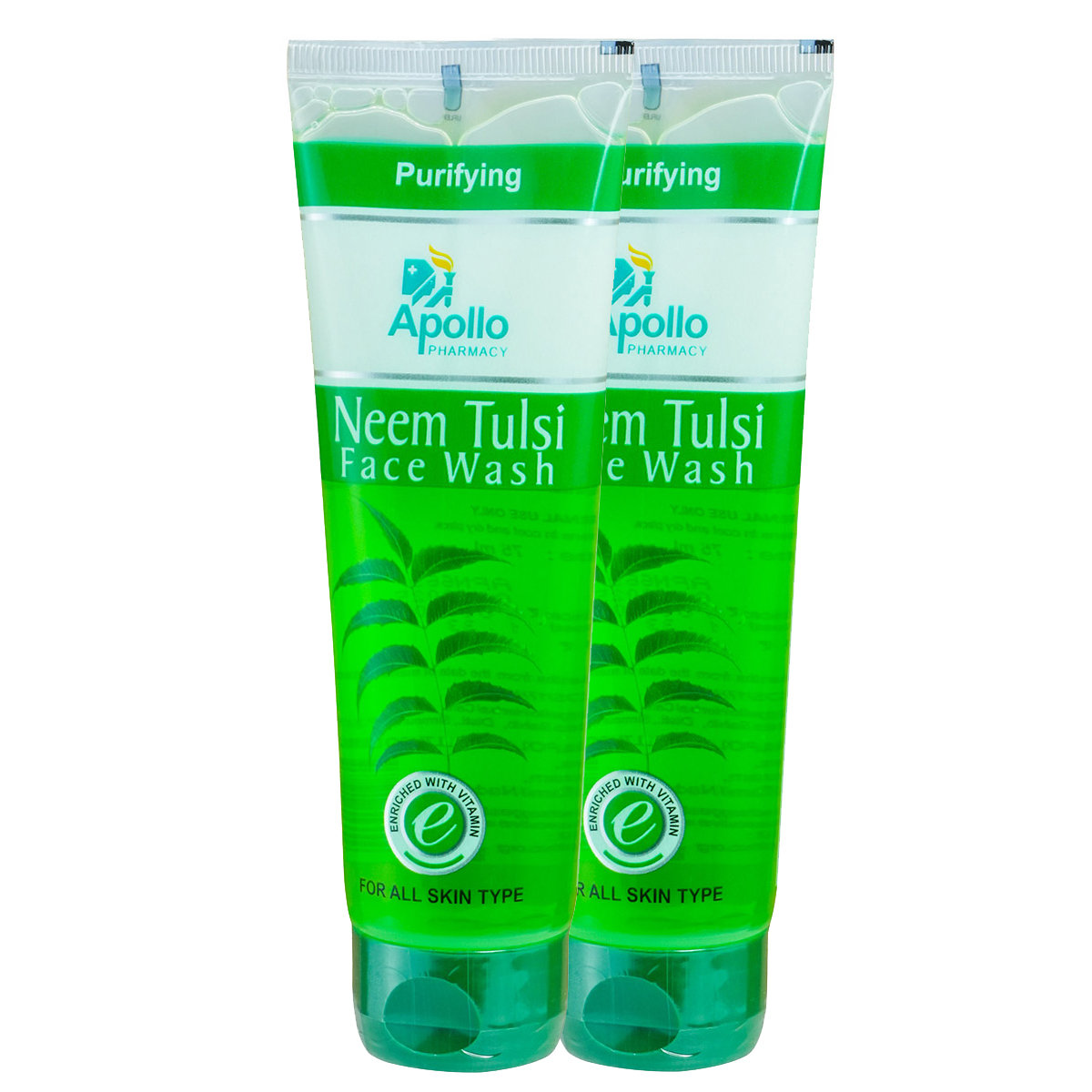Twinkle Cream 15 gm

₹133.6
MRP ₹17825% off
(Inclusive of all Taxes)
Get Free delivery (₹99)
Know Your Delivery Time
Provide Delivery Location

Secure Payment

India's Most Trusted Pharmacy

Genuine Products
Manufacturer/Marketer :
Consume Type :
Return Policy :
Expires on or after :
About Twinkle Cream
Twinkle Cream is used to treat melasma (dark brown patch on skin). Melasma, also known as chloasma or mask of pregnancy is a common skin condition that causes brown patches on the face. It is more common in women than in men. The discoloured (grey-brown) patches occur mostly on the forehead, chin, nose, and cheeks.
Twinkle Cream contains three medicines, namely: Hydroquinone (skin lightening or bleaching agent), Mometasone (corticosteroid), and Tretinoin (a form of Vitamin A or retinoids). Hydroquinone belongs to the class of skin-lightening agents that work by decreasing the amount of melanin (a skin pigment) that is responsible for the darkening of the skin. Mometasone belongs to the class of corticosteroids that work by acting inside skin cells and inhibiting the release of certain chemical messengers in the body that cause redness, itching, and swelling. Tretinoin belongs to the class of retinoids (man-made vitamin A) that works by increasing the renewal of skin cells, which helps in the natural exfoliation of the skin’s outer layers.
Twinkle Cream is only for external use. Use Twinkle Cream as prescribed. Avoid contact of Twinkle Cream with nose, mouth, eyes, ears, or vagina. Do not apply on a cut, open wound, or burned skin area. In case Twinkle Cream comes in contact with these areas accidentally, rinse with water thoroughly. Some people may experience skin pain, acne, redness, irritation, burning, itching, or stinging sensation of the skin. Most of these side effects of Twinkle Cream do not require medical attention and gradually resolve over time. However, if the side effects persist or worsen, please consult your doctor.
If you are allergic to Twinkle Cream or any other medicines, please tell your doctor. If you are pregnant, a nursing mother, or planning for pregnancy, it is advised to consult a doctor before using Twinkle Cream . Twinkle Cream is not recommended for children below 12 years of age. Do not apply Twinkle Cream on ulcerated skin or wounds. Avoid sun exposure while using Twinkle Cream as it may make the skin more sensitive to sunlight and cause sunburn. Wear protective clothing and use sunscreen while going out to protect your skin from sunburn. Do not cover or wrap the treated area with a bandage unless advised by your doctor. Avoid smoking or going near naked flames as the fabric (bedding, clothing, dressings) that is in contact with Twinkle Cream catches fire and burns easily. If you have a sulfite allergy, asthma, rosacea (redness and often red, small, pus-filled bumps on the face), acne, skin thinning, perioral dermatitis (redness and swelling of the skin around the mouth), genital itching, chickenpox, diabetes, cold sores, ulcerated skin, warts, shingles (a viral infection causing painful rash), eczema (itchy, swelling of the skin) or any other skin condition, inform your doctor before taking Twinkle Cream .
Uses of Twinkle Cream
Twinkle Cream is used in the treatment of Melasma. The detailed uses of Twinkle Cream are as follows:
- Skin Brightening: Twinkle Cream is designed to enhance skin radiance and promote an even complexion by addressing dullness and boosting brightness. Its formulation helps achieve a luminous and glowing appearance.
- Moisturization: The Twinkle Cream provides essential hydration, preventing dryness and keeping the skin soft and supple. This ensures smoother skin and supports overall skin health.
- Hyperpigmentation Treatment: Regular use may help reduce dark spots and uneven pigmentation caused by factors like sun exposure or hormonal changes, resulting in a more uniform skin tone.
- Anti-Ageing Benefits: Certain ingredients in the Twinkle Cream aim to minimise the visibility of fine lines and wrinkles, promoting a youthful and firm appearance by supporting skin elasticity.
- Protection Against Environmental Damage: Additionally, some variants include antioxidants that shield the skin from environmental stressors such as pollution and UV rays, helping to maintain its vitality and health.

Have a query?
- If you experience signs of skin allergies such as redness, itching, or irritation after taking medication, contact your doctor right away.
- To alleviate skin allergy symptoms, your doctor may change your medication regimen or offer tailored medication management advice.
- Your doctor may recommend or prescribe drugs to relieve discomfort.
- Cool compresses or calamine lotion can help relieve redness and itching on the afflicted skin area.
- Staying hydrated by consuming plenty of water can help relieve discomfort.
- Monitor your skin condition closely and promptly report any changes, worsening symptoms, or concerns to your healthcare provider.
- Consult your doctor if you experience skin redness, itching, or irritation after taking medication.
- Apply cool compresses or calamine lotion to the affected skin area to reduce irritation.
- Stay hydrated by drinking plenty of water to help alleviate symptoms and keep your skin soothing.
- Monitor your skin condition closely and promptly report any changes, worsening symptoms, or concerns to your healthcare provider.
- Reduce salt intake to minimize fluid buildup.
- Use compression stockings, sleeves, or gloves.
- Gently massage the affected area towards the heart.
- Protect the swollen area from injury and keep it clean.
- Use lotion or cream to keep the skin moisturized.
- Applying a cold compress can soothe the inflamed portion and reduce itching.
- Wear wraparound to protect the area from wind, dust, and pollen.
- Gently wash the itchy area using mild soap and lukewarm water to wash away dirt and bacteria.
- Avoid touching the affected part to prevent inflammation.
- See a doctor again if changes in your affected area are observed.
Directions for Use
- Apply once at night or as advised by your doctor for optimal effectiveness.
- Wash the face with mild soap and pat the skin dry. Take a small amount of Twinkle Cream on a fingertip and apply to the clean and dry affected area.
- Avoid contact of Twinkle Cream with nose, mouth, or eyes. In case Twinkle Cream comes in contact with these areas accidentally, rinse with water thoroughly.
Key Benefits
Twinkle Cream is a combination of three drugs: Hydroquinone, Mometasone, and Tretinoin. Hydroquinone belongs to the class of skin-lightening agents that work by decreasing the amount of melanin (a skin pigment) that is responsible for the darkening of the skin. Mometasone is a corticosteroid that acts inside skin cells and inhibits the release of certain chemical messengers in the body that cause redness, itching, and swelling. When the skin reacts to any allergens, such chemicals are released normally. Tretinoin belongs to the class of retinoids (man-made vitamin A) that works by increasing the renewal of skin cells, which helps in the natural exfoliation of the skin’s outer layers. Also, tretinoin loosens the cells on the skin’s surface and unblocks pores by reducing the production of oil in the skin. Thus, it decreases pimples, whiteheads, and blackheads.
How Twinkle Cream Works
Storage
What if I have taken an overdose of Twinkle Cream
Drug Warnings
If you are allergic to Twinkle Cream or any other medicines, please tell your doctor. If you are pregnant, a nursing mother, or planning for pregnancy, it is advised to consult a doctor before using Twinkle Cream . Twinkle Cream is not recommended for children below 12 years of age. Do not apply Twinkle Cream on ulcerated skin or wounds. Avoid sun exposure while using Twinkle Cream as it may make the skin more sensitive to sunlight and cause sunburn. Do not cover or wrap the treated area with a bandage unless advised by your doctor. Avoid smoking or going near naked flames as the fabric (bedding, clothing, dressings) that is in contact with Twinkle Cream catches fire and burns easily. If you have a sulfite allergy, asthma, rosacea (redness and often red, small, pus-filled bumps on the face), acne, skin thinning, perioral dermatitis (redness and swelling of the skin around the mouth), genital itching, chickenpox, diabetes, cold sores, ulcerated skin, warts, shingles (a viral infection causing painful rash), eczema (itchy, swelling of the skin) or any other skin condition, inform your doctor before taking Twinkle Cream .
Drug-Drug Interactions
Drug-Drug Interactions
Login/Sign Up
Drug-Food Interactions
Drug-Food Interactions
Login/Sign Up
Diet & Lifestyle Advise
- Avoid sun exposure while using Twinkle Cream as it may make the skin more sensitive to sunlight and cause sunburn. Wear protective clothing and use sunscreen while going out to protect your skin from sunburn.
- Regular exercise can improve your mood and self-esteem, though it doesn’t clear spots. Take a shower immediately after finishing the exercise.
- Wear a wide-brimmed hat to protect your face from sun exposure.
- Avoid using skin products that cause irritation, such as skin cleansers or shampoos, harsh soaps, hair removers or waxes, hair colours or permanent chemicals, and skin products with astringents, lime, spices, or alcohol.
Habit Forming
Therapeutic Class
RX
Melamet Cream 15 gm
Universal Twin Labs
₹79.5
(₹3.98/ 1gm)
55% CHEAPERRX
Skinshine Cream 30 gm
Cadila Pharmaceuticals Ltd
₹270.5
(₹6.76/ 1gm)
24% CHEAPERRX
Elosone-HT Cream 15 gm
Leeford Healthcare Ltd
₹135.5
(₹6.78/ 1gm)
23% CHEAPER
Alcohol
Caution
The interaction of alcohol with Twinkle Cream is unknown. Please consult a doctor before consuming alcohol while using Twinkle Cream .
Pregnancy
Caution
The safety of Twinkle Cream in pregnant women is unknown and is given to a pregnant woman only if the doctor thinks the benefits outweigh the risks.
Breast Feeding
Caution
It is unknown whether Twinkle Cream is excreted in human milk. Please consult a doctor before using Twinkle Cream while breastfeeding.
Driving
Safe if prescribed
Twinkle Cream usually does not affect your ability to drive or operate machinery.
Liver
Caution
If you have any concerns regarding the use of Twinkle Cream in patients with liver problems, please consult a doctor.
Kidney
Caution
If you have any concerns regarding the use of Twinkle Cream in patients with kidney problems, please consult a doctor.
Children
Unsafe
Twinkle Cream is not recommended for children under 12 years of age, as its safety and effectiveness have not been established.
Heart
Consult your doctor
Limited information available for use of Twinkle Cream in heart patients. Please consult your doctor.
Geriatrics
Consult your doctor
Limited information available for use of Twinkle Cream in elderly patients. Please consult your doctor.
FAQs
Twinkle Cream is used to treat melasma (dark brown patch on skin).
Twinkle Cream contains Hydroquinone, Mometasone and Tretinoin. Hydroquinone is a skin-lightening agent that works by decreasing the amount of melanin (a skin pigment) that is responsible for the darkening of the skin. Mometasone is a corticosteroid that acts inside skin cells and inhibits the release of certain chemical messengers in the body that cause redness, itching and swelling. Tretinoin belongs to the class of retinoids (man-made vitamin A) that works by increasing the renewal of skin cells, which helps in the natural exfoliation of the skin's outer layers.
Yes, Twinkle Cream may increase the skin sensitivity to sunlight in the treated areas. Therefore, avoid or limit exposure to sunlight and sunlamps. You are advised to use sunscreen and wear protective clothing while going out to prevent sunburn.
Yes, Twinkle Cream may cause skin irritation, burning sensation or itching at the site of application in rare cases. However, if the irritation persists or worsens, stop using Twinkle Cream and consult a doctor.
You are advised to use moisturizer in the morning every day to restore the fat barrier of the skin that protects the skin from damage. Twinkle Cream may make the skin more sensitive to extreme weather conditions such as cold and wind. Therefore, wear protective clothing and use moisturizer as required. However, please consult a doctor before using moisturizing lotions or any other products with Twinkle Cream .
No, Twinkle Cream is not used to treat diaper rash. Using Twinkle Cream under the child's nappy enables it to pass through the skin easily and cause adverse effects. However, please consult a doctor before using Twinkle Cream in children.
It is not recommended to use Twinkle Cream with benzoyl peroxide, hydrogen peroxide, or any other peroxide products as it may cause skin staining, which can usually be removed with soap and water. However, please consult a doctor before using other medicines with Twinkle Cream .
Use Twinkle Cream for as long as your doctor has prescribed it. However, avoid using Twinkle Cream for more than 6 to 8 weeks without a doctor's advice.
Hormonal contraceptives like oral/vaginal birth control pills, injections, implants, skin patches, and vaginal rings can cause melasma to get worse. So, it is advisable to ask your doctor about using non-hormonal birth control (condom, diaphragm with spermicide) instead.
Use Twinkle Cream as directed by the physician. Clean and dry the effected area. Apply Twinkle Cream onto the affected areas of the skin.
Avoid contact of Twinkle Cream with nose, mouth, eyes, ears or vagina. In case Twinkle Cream comes in contact with these areas accidentally, rinse with water thoroughly. Do not use it on ulcerated skin or wounds.
Melasma is a skin condition that causes brown patches on the face. The discoloured (grey-brown) patches occur mostly on the forehead, chin, nose, and cheeks.
Melasma may be caused by sun exposure, hormone therapy, pregnancy, birth control pills, thyroid, or even stress.
No, Twinkle Cream should not be used for acne and pimples as it is used to treat melasma.
Yes, Twinkle Cream is good for the face to treat melasma.
Store Twinkle Cream at room temperature, in a dry place. Keep out of sight and reach of children.
No, using more than prescribed dose of Twinkle Cream will not be more effective. Do not exceed the recommended dose as it does not give quick or better results but increases the risk of side effects.
Yes, Twinkle Cream can be used during the day or as advised by the physician.
Consult the doctor before using other skincare products along with Twinkle Cream . Let the doctor know if you are using photosensitizing agents, topical antibiotics, retinoids, vitiligo medicines, antiseptics, or keratolytic agents.
The possible side effects of Twinkle Cream are acne, redness, irritation, burning, itching, or stinging sensation of the skin. Most of these side effects of Twinkle Cream do not require medical attention and gradually resolve over time. However, if the side effects persist or worsen, please consult your doctor.
Country of origin
Manufacturer/Marketer address
Customers Also Bought
Disclaimer
Author Details
We provide you with authentic, trustworthy and relevant information
Buy best Dermatology products by
Others
AYUR
MINTOP
Venusia
UV DOUX
KETO
ELOVERA
NEVLON
TUGAIN
FIXDERMA
ONABET
SELSUN
SOLSET
UVAVO
BETADINE
CANDID
MINOIL
KETAFUNG
MOISTUREX
REJUGLOW
TRICOMAX
TRUDERMA
ACTAME
BIOLINE
CLOCIP
Canesten
DERMADEW
KENZ
KETOMAC
MELALUMIN
OLESOFT
SLC
ZENSOFT
ZORAY
ECOKET
MELAGARD
MORR
NIXIPER
PHOTON
REJUHAIR
SUDERMA
SUNSTOP
AQUASOFT
CIPHANDS
CLINSOL
CUVIA
DEWDERM
DEWSOFT
DUCRAY
DYSIS
EKRAN
KETOL
LOZISOFT
MESODEW
MINOPEP
OILATUM
PARASOFT
PMT
SOLASAFE
SUNBAN
SUNCROS
ACCARE
ACMED
BLYNDS
COSALIC
DANCLEAR
DEPISHINE
Evion
GLAMBAK
GLYMED
HAIRGUARD
Hair Shield
ISDIN
KETOPZ
KTC
KZ
L-SKIN
LACNE
MEDERMA
MEDILICE
PERITOP
PERMED
PHOTOSTABLE
PHYSIOGEL
PSOROLIN
Q-SERA
RITCH
SOFIDEW
SUNMATE
TRIRISE
TVAKSH
ULTRA
UNISON
YUVINIE
A-DERMA
ACNE-UV
ACNESTAL
ACNESTAR
ACNETHRO
ADCROSS
Glenmark Pharmaceuticals Ltd
Canixa Life Sciences Pvt Ltd
Klm Laboratories Pvt Ltd
Sun Pharmaceutical Industries Ltd
Cipla Ltd
Intas Pharmaceuticals Ltd
Abbott India Ltd
Ajanta Pharma Ltd
East West Pharma India Pvt Ltd
Dr Reddy's Laboratories Ltd
Brinton Pharmaceuticals Ltd
Leeford Healthcare Ltd
Alkem Laboratories Ltd
Skinocean Pharmaceuticals
Amwill Healthcare Pvt Ltd
Atopic laboratories Pvt Ltd
Hegde & Hegde Pharmaceutica Llp
Torrent Pharmaceuticals Ltd
Palsons Derma Pvt Ltd
Dermacia Healthcare
Oaknet Healthcare Pvt Ltd
Ipca Laboratories Ltd
Micro Labs Ltd
Yaher Pharma
Med Manor Organics Pvt Ltd
Dermocare Laboratories Gujarat Llp
Apex Laboratories Pvt Ltd
Talent India Pvt Ltd
Kivi Labs Ltd
Mankind Pharma Pvt Ltd
Systopic Laboratories Pvt Ltd
Menarini India Pvt Ltd
Nemus Pharmaceuticals Pvt Ltd
Ethinext Pharma
Zydus Cadila
Regaliz Medicare Ltd
Inex Medicaments Pvt Ltd
Mohrish Pharmaceuticals Pvt Ltd
Hbc Dermiza Healthcare Pvt Ltd
Lupin Ltd
Mrhm Pharma Pvt Ltd
Zydus Healthcare Ltd
Eskon Pharma
GlaxoSmithKline Pharmaceuticals Ltd
La Pristine Bioceuticals Pvt Ltd
Praise Pharma
Wallace Pharmaceuticals Pvt Ltd
Newtrimed Healthcare Pvt Ltd
Biocute Life Care
Glowderma Lab Pvt Ltd
Macleods Pharmaceuticals Ltd
Sol Derma Pharmaceuticals Pvt Ltd
Aurel Biolife
Ethicare Remedies Pvt Ltd
Galcare Pharmaceuticals Pvt Ltd
Kaizen Drugs Pvt Ltd
Percos India Pvt Ltd
Rockmed Pharma Pvt Ltd
Elder Pharmaceuticals Ltd
Rely On Pharmaceuticals
Wockhardt Ltd
Zee Laboratories Ltd
Karlin Pharmaceuticals & Exports Pvt Ltd
Alniche Life Sciences Pvt Ltd
Connote Healthcare
La Med Healthcare Pvt Ltd
Prism Life Sciences Ltd
Yap Bioceuticals
P and P Dermaceuticals Pvt Ltd
Adonis Laboratories Pvt Ltd
Indiabulls Pharmaceuticals Pvt Ltd
Lyra Laboratories Pvt Ltd
Akumentis Healthcare Ltd
Albatross Healthcare Pvt Ltd
Apple Therapeutics Pvt Ltd
Arka Vital Science Pvt Ltd
Gary Pharmaceuticals Pvt Ltd
Rhine Biogenics Pvt Ltd
Yash Pharma Laboratories Pvt Ltd
Dermajoint India
Leogard Pharmaceuticals Pvt Ltd
Dermarex HealthCare India Pvt Ltd
Iceberg Health Care Pvt Ltd
Capital Pharma
Eumedica Pharamceuticals
FDC Ltd
Glasier Wellness Inc
Grace Derma Healthcare Pvt Ltd
Oziel Pharmaceuticals Pvt Ltd
Salve Pharmaceuticals Pvt Ltd
West Coast Pharmaceuticals Pvt Ltd
Entod Pharmaceuticals Ltd
Jenburkt Pharmaceuticals Ltd
Medcure Organics Pvt Ltd
Olcare Laboratories Pvt Ltd
Anhox Healthcare Pvt Ltd
Bioswizz Pharmaceuticals Ltd
Indchemie Health Specialities Pvt Ltd
Omniceutics Healthcare Pvt Ltd
Skinska Pharmaceutica Pvt Ltd
BODY CREAM
Body Lotion
Soap
Face Cream
Shampoo
Sun Screen
Face Gel
Face Wash
HAIR SOLUTION
BODY GEL
Face Serum
Hair Lotion
Hair Serum
Dusting Powder
ANTISEPTIC
Body Wash
Face Lotion
FACE CLEANSER
Body Spray
Foot Cream
Conditioner
Eye Cream
Eye Gel
Cleanser
Hair Cream
Hair Gel
Hair Spray
FUNGAL INFECTION
Hair Oil
Sanitizer
Specialty Supplements
Face Mask
Skin Ointment
Lip Balm
Capsule
Eye Serum
Intimate Wash
Hand Cream
Facial Spray
Face Toner
Hand Wash
SPECIALITY SUPPLEMENT
Tablet
BABY SUNSCREEN
Body Butter
Body Scrub
EYE SOLUTION
FACIAL WIPE
Gargle
Hair Color
Hair Mask
Hair Tonic
Intimate Spray
Lip Serum
VITAMIN D










